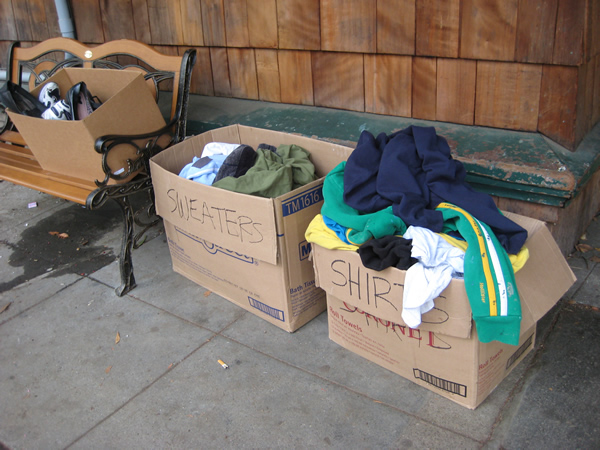
Take a look behind the scenes of our LoopCycle Photo Shoot!
Lizzie Goodrich (right) helps Adrienne Chiu with her make-up for the early morning photo shoot
Accessories added to the outfits for a pop of color
Francesca Rubino and Hanna Ashcraft (left to right) fixing their hair for the photo shoot
Jessica Schoefer transforms an old print tee from the Free Pile into a stylish off-the-shoulder shirt
Jessica...










